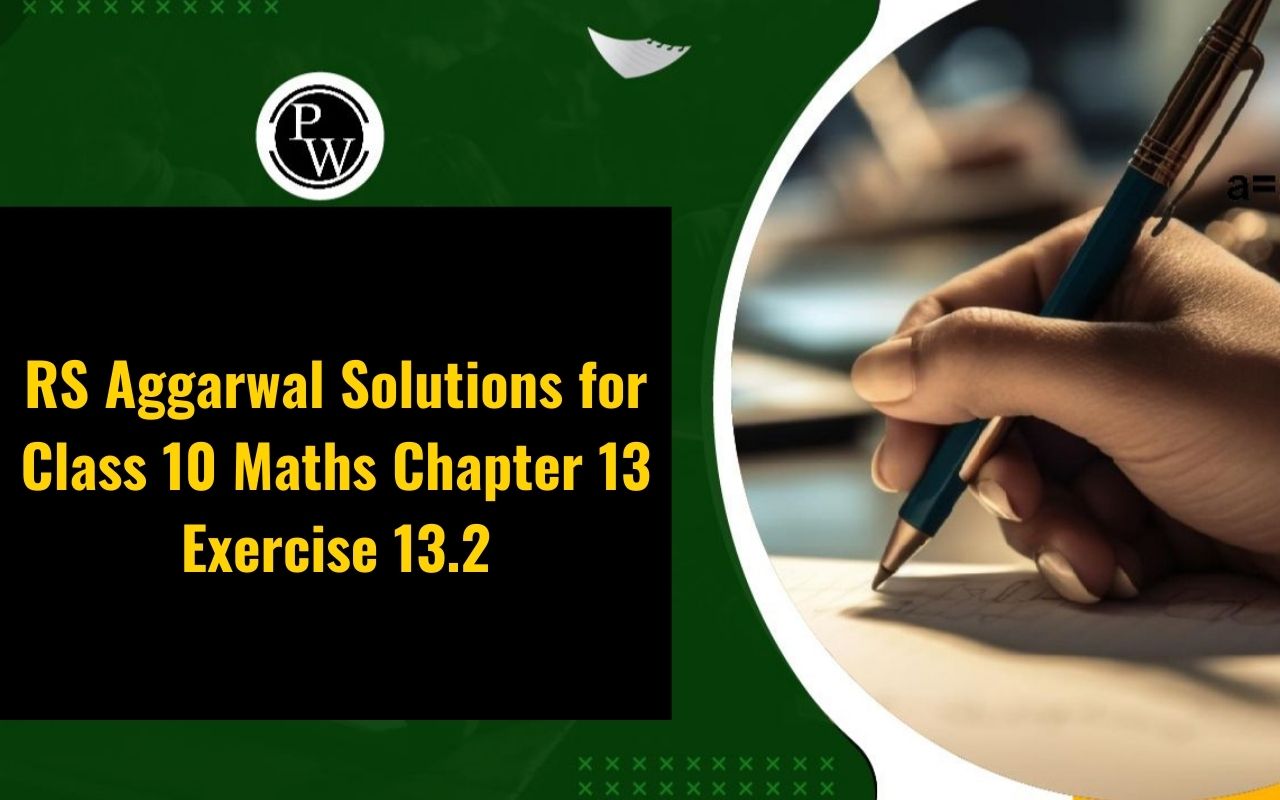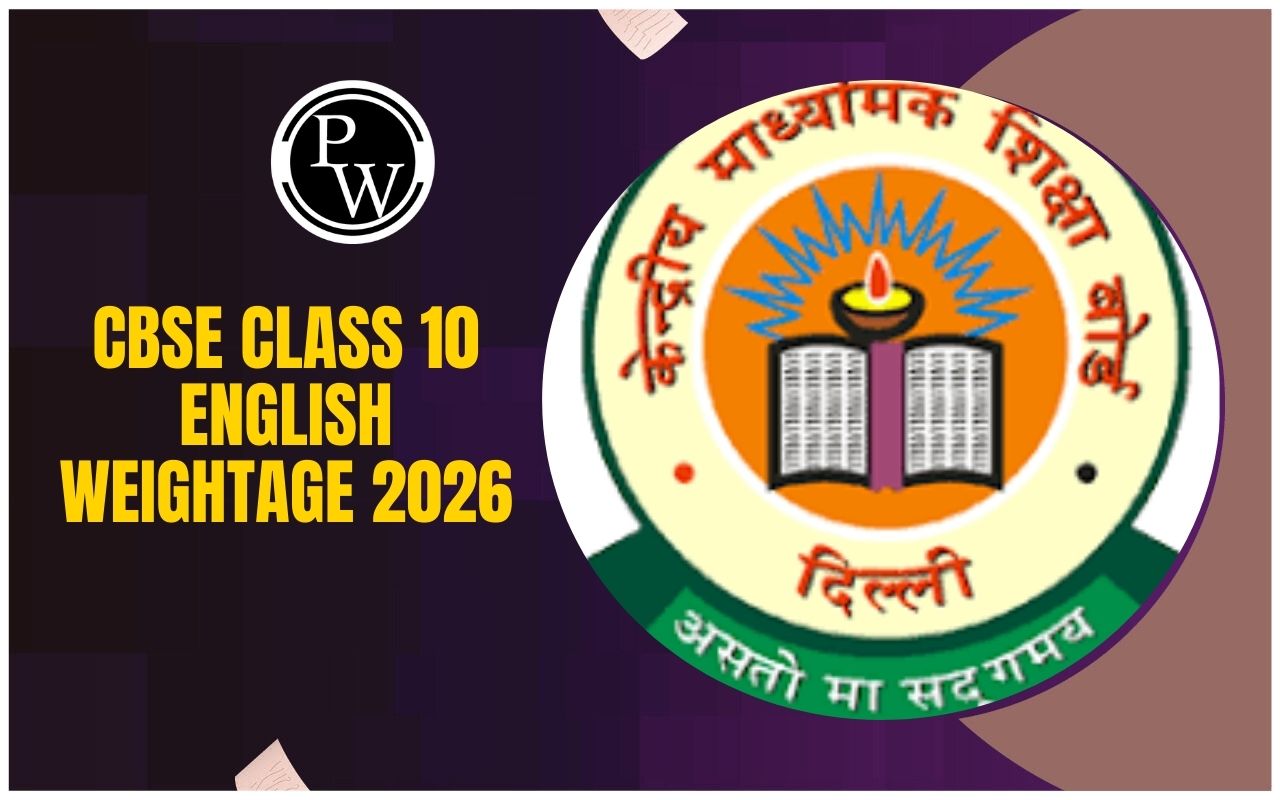

RS Aggarwal Solutions for Class 10 Maths Chapter 13 Exercise 13.2: Here, RS Aggarwal Solutions for Class 10 Maths Chapter 13 Exercise 13.2 provide detailed guidance on solving construction problems. This exercise focuses on geometric constructions involving angles, triangles, and various other shapes. The solutions provided in this chapter help students understand the step-by-step process of constructing accurate geometric figures based on given conditions.
By working through these solutions students can master the techniques of using a compass, ruler, and protractor to create precise drawings and solve construction problems effectively. This practice is important for building a solid foundation in geometric constructions and improving overall problem-solving skills.RS Aggarwal Solutions for Class 10 Maths Chapter 13 Exercise 13.2 Overview
Here, RS Aggarwal Solutions for Class 10 Maths Chapter 13 Exercise 13.2 focuses on the practical aspects of geometric constructions.Constructing Angles : Students are required to construct specific angles using a protractor or compass. This may involve drawing angles of a given measurement or angles that are congruent to each other.
Constructing Triangles : Problems often include constructing triangles given specific conditions, such as side lengths or angle measures. This helps students understand how to use geometric properties to create accurate figures.
Bisecting Angles : Another common task is to bisect given angles, which involves dividing an angle into two equal parts using a compass and straightedge.
Drawing Parallel Lines : Students may need to construct parallel lines through a given point, using geometric tools to ensure accuracy.
RS Aggarwal Solutions for Class 10 Maths Chapter 13 Exercise 13.2 PDF
The PDF link for RS Aggarwal Solutions for Class 10 Maths Chapter 13 Exercise 13.2 is available below. By accessing this PDF, students can follow step-by-step solutions to effectively tackle the problems in the exercise, enhancing their understanding of geometric principles and improving their problem-solving skills. This valuable resource aids in thorough preparation and practice for mastering geometric constructions.RS Aggarwal Solutions for Class 10 Maths Chapter 13 Exercise 13.2 PDF
RS Aggarwal Solutions for Class 10 Maths Chapter 13 Exercise 13.2 (Exercise 13B)
Below we have provided RS Aggarwal Solutions for Class 10 Maths Chapter 13 Exercise 13.2 for the ease of the students –Q. Draw a circle of radius 3 cm. From a point P, 7 cm away from the centre of the circle, draw two tangents to the circle. Also, measure the lengths of the tangents.

Q. Draw two tangents to a circle of radus 3.5 cm from a point P at a distance of 6.2 cm from its centre.
Steps of construction:
1. Draw a circle with O as a center and a radius of 3.5 cm.
2. Mark a point P outside the circle such that OP = 6.2 cm
3. Join OP. Draw the perpendicular bisector XY of OP, cutting OP at Q.
4. Draw a circle with Q as the center and radius PQ( or OQ), to intersect the given circle at the points, T and T`.
5. Join PT and PT`.
 Here, PT and PT` are the required tangents.
Here, PT and PT` are the required tangents.
Q. Draw a circle of radius 3 cm. Take two points P and Q on one of its diameters extended on both sides, each at a distance of 7 cm on opposite sides of its centre. Draw tangents to the circle from these two points P and Q.
 Justification
The construction can be justified by proving that RV, RW, SY, and SX are the tangents to the circle (whose centre is O and radius is 3 cm). For this, join OV, OW, OX, and OY.
Justification
The construction can be justified by proving that RV, RW, SY, and SX are the tangents to the circle (whose centre is O and radius is 3 cm). For this, join OV, OW, OX, and OY.
 ∠RVO is an angle in the semi-circle. We know that angle in a semi-circle is a right angle.
∴ ∠RVO = 90°
⇒ OV ⊥ RV
Since OV is the radius of the circle, RV has to be a tangent of the circle. Similarly, OW, OX, and OY are the tangents of the circle.
∠RVO is an angle in the semi-circle. We know that angle in a semi-circle is a right angle.
∴ ∠RVO = 90°
⇒ OV ⊥ RV
Since OV is the radius of the circle, RV has to be a tangent of the circle. Similarly, OW, OX, and OY are the tangents of the circle.
 Steps of Construction:
Step 1: A circle of radius 4.2 cm at center O is drawn.
Step 2: A diameter AB is drawn.
Step 3: With OB as the base, an angle BOC of 45 degree is drawn.
Step 4: At A, a line perpendicular to OA is drawn.
Step 5: AT C, a line perpendicular to OC is drawn.
Step 6: These lines intersect with each other at P.
PA and PC are the required tangents.
Steps of Construction:
Step 1: A circle of radius 4.2 cm at center O is drawn.
Step 2: A diameter AB is drawn.
Step 3: With OB as the base, an angle BOC of 45 degree is drawn.
Step 4: At A, a line perpendicular to OA is drawn.
Step 5: AT C, a line perpendicular to OC is drawn.
Step 6: These lines intersect with each other at P.
PA and PC are the required tangents.
Q. Draw a circle with the help of a bangle. Take any point P outside the circle. Construct the pair of tangents from the point P to the circle.
 Justification
The construction can be justified by proving that PV and PW are the tangents to the circle. For this, first of all, it has to be proved that O is the centre of the circle. Let us join OV and OW.
Justification
The construction can be justified by proving that PV and PW are the tangents to the circle. For this, first of all, it has to be proved that O is the centre of the circle. Let us join OV and OW.
 We know that perpendicular bisector of a chord passes through the centre. Therefore, the perpendicular bisector of chords QR and ST pass through the centre. It is clear that the intersection point of these perpendicular bisectors is the centre of the circle. ∠PVO is an angle in the semi-circle. We know that an angle in a semi-circle is a right angle.
∴ ∠PVO = 90°
⇒ OV ⊥ PV
Since OV is the radius of the circle, PV has to be a tangent of the circle. Similarly, PW is a tangent of the circle.
We know that perpendicular bisector of a chord passes through the centre. Therefore, the perpendicular bisector of chords QR and ST pass through the centre. It is clear that the intersection point of these perpendicular bisectors is the centre of the circle. ∠PVO is an angle in the semi-circle. We know that an angle in a semi-circle is a right angle.
∴ ∠PVO = 90°
⇒ OV ⊥ PV
Since OV is the radius of the circle, PV has to be a tangent of the circle. Similarly, PW is a tangent of the circle.
Q. Draw a line segment AB of length 8 cm. Taking A as centre, draw a circle of radius 4 cm and taking B as centre, draw another circle of radius 3 cm. Construct tangents to each circle from the centre of the other circle.
 Justification
The construction can be justified by proving that AS and AR are the tangents of the circle (whose centre is B and radius is 3 cm) and BP and BQ are the tangents of the circle (whose centre is A and radius is 4 cm). For this, join AP, AQ, BS, and BR.
Justification
The construction can be justified by proving that AS and AR are the tangents of the circle (whose centre is B and radius is 3 cm) and BP and BQ are the tangents of the circle (whose centre is A and radius is 4 cm). For this, join AP, AQ, BS, and BR.
 ∠ASB is an angle in the semi-circle. We know that an angle in a semi-circle is a right angle.
∴ ∠ASB = 90°
⇒ BS ⊥ AS
Since BS is the radius of the circle, AS has to be a tangent of the circle.
∠ASB is an angle in the semi-circle. We know that an angle in a semi-circle is a right angle.
∴ ∠ASB = 90°
⇒ BS ⊥ AS
Since BS is the radius of the circle, AS has to be a tangent of the circle.
Q. Draw a circle of radius 4.2 cm. Draw a pair of tangents to this circle inclined to each other at an angle of 45 ∘ .
 Steps of Construction:
Step 1: A circle of radius 4.2 cm at center O is drawn.
Step 2: A diameter AB is drawn.
Step 3: With OB as the base, an angle BOC of 45 degree is drawn.
Step 4: At A, a line perpendicular to OA is drawn.
Step 5: AT C, a line perpendicular to OC is drawn.
Step 6: These lines intersect with each other at P.
PA and PC are the required tangents.
Steps of Construction:
Step 1: A circle of radius 4.2 cm at center O is drawn.
Step 2: A diameter AB is drawn.
Step 3: With OB as the base, an angle BOC of 45 degree is drawn.
Step 4: At A, a line perpendicular to OA is drawn.
Step 5: AT C, a line perpendicular to OC is drawn.
Step 6: These lines intersect with each other at P.
PA and PC are the required tangents.
Q. Write the steps of construction for drawing a pair of tangents to a circle of radius 3 cm, which are inclined to each other at an angle of 60 ∘ .
 Here, PA and PB are the required tangents inclined at angle 60°
Here, PA and PB are the required tangents inclined at angle 60°
Q. Draw a circle of radius 3 cm. Draw a tangent to the circle making an angle of 30 ∘ with a line passing through the centre.

Q. Construct a tangent to a circle of radius 4 c m from a point on the concentric circle of radius 6 c m and measure its length. Also, verify the measurement by actual calculation.
Q. Draw two concentric circles of radii 3 cm and 5 cm. Taking a point on the outer circle, construct the pair of tangents to the inner circle.

Benefits of RS Aggarwal Solutions for Class 10 Maths Chapter 13 Exercise 13.2
- Detailed Explanations : These solutions provide clear step-by-step explanations, helping students understand the process of geometric constructions and apply these concepts effectively.
- Improved Problem-Solving Skills : By working through the solutions students can enhance their problem-solving abilities and gain confidence in handling various types of construction problems.
- Conceptual Clarity : The solutions help in reinforcing fundamental concepts of geometric constructions, ensuring that students grasp the underlying principles and methods.
- Error Correction : Students can identify and correct their mistakes by comparing their work with the provided solutions, leading to better learning and improved performance in exams.
RS Aggarwal Solutions for Class 10 Maths Chapter 13 Exercise 13.2 FAQs
What is a geometric construction?
What tools are commonly used for geometric constructions?
How do you construct a perpendicular bisector of a line segment?
What is the difference between constructions with and without measurements?












